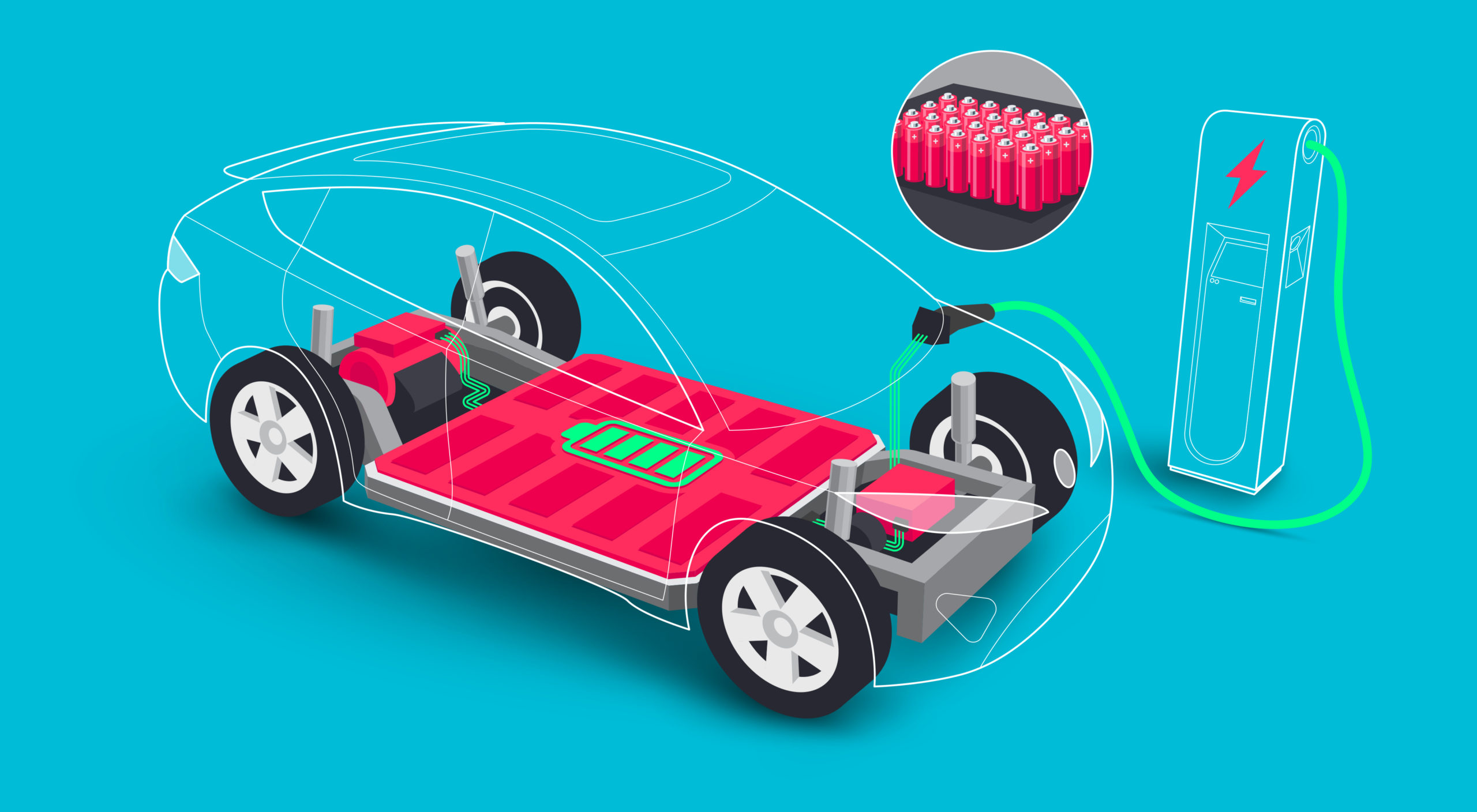CO2 reduction is a critical part of the research into sustainable fuels. The time-dependent depletion of CO2 using a suitable cathode material as a function of current density is an area of interest for researchers. Half cells are then employed to investigate the levels of CO2 reduction to ascertain the efficiency of the cathode. Traditionally, polycrystalline copper foil has been used, however materials scientists are increasingly focusing on using advanced nanomaterials such as carbon nanotubes or graphene in CO2 reduction investigations.
Why the Interest in CO2 Reduction?
CO2 is produced by combustion, such as in the use automotive vehicles and burning fossil fuels and it is estimated that over 35 billion tons of carbon emissions are emitted each year across the world. By substituting 30% of conventional fuel with an alternative fuel, CO2 emissions could be reduced by up to 18%.
Fossil fuels make up 80% of current primary energy demand across the world, and the energy system is the source of approximately two thirds of global CO2 emissions. If this current share of fossil fuels is maintained, energy demand will be likely to double by 2050, and emissions will increase beyond the levels of carbon that can be emitted if the global average temperature rise is to be capped at 2°C. That amount of emissions would have catastrophic climate outcomes for the planet. There are many opportunities for CO2 reduction in for the energy sector, notably decreasing the levels of energy consumed and reducing the net carbon intensity of the energy sector by moving towards sustainable fuels and by controlling CO2 emissions.
The Importance of Sustainable Fuels
Sustainable fuel sources include hydrogenated oils, fats, food waste, sugars, alcohol, biomass, household waste and algae. Not only does the use of these fuels contribute to CO2 reduction, but it also means that waste materials are less likely to go to landfill.

Gas Analysis Solutions from Hiden Analytical
Hiden Analytical is at the forefront of advanced gas analysis instrumentation for CO2 reduction experiments using electrochemical half-cells. We have developed a number of differential electrochemical mass spectrometry (DEMS) solutions to be used in quantitative analysis of CO2 depletion efficiency in various cathodes.
The DEMS method is well-suited for rapid responses and minimal limits of detection in real-time, offering the best understanding into CO2 reduction. The HPR-40 DEMS from Hiden is a bench top or cart-mounted system for investigation of dissolved species in electrochemistry.
This is a modular and adaptable system, which is provided with two DEMS cell inlets, produced specifically for electrochemical reaction studies. Other electrochemical cells can be interfaced for a wide variety of DEMS research and development.
If you would like to find out more about how Hiden Analytical can help with CO2 reduction, contact us today.

